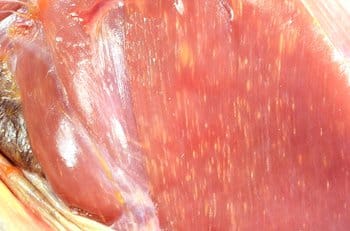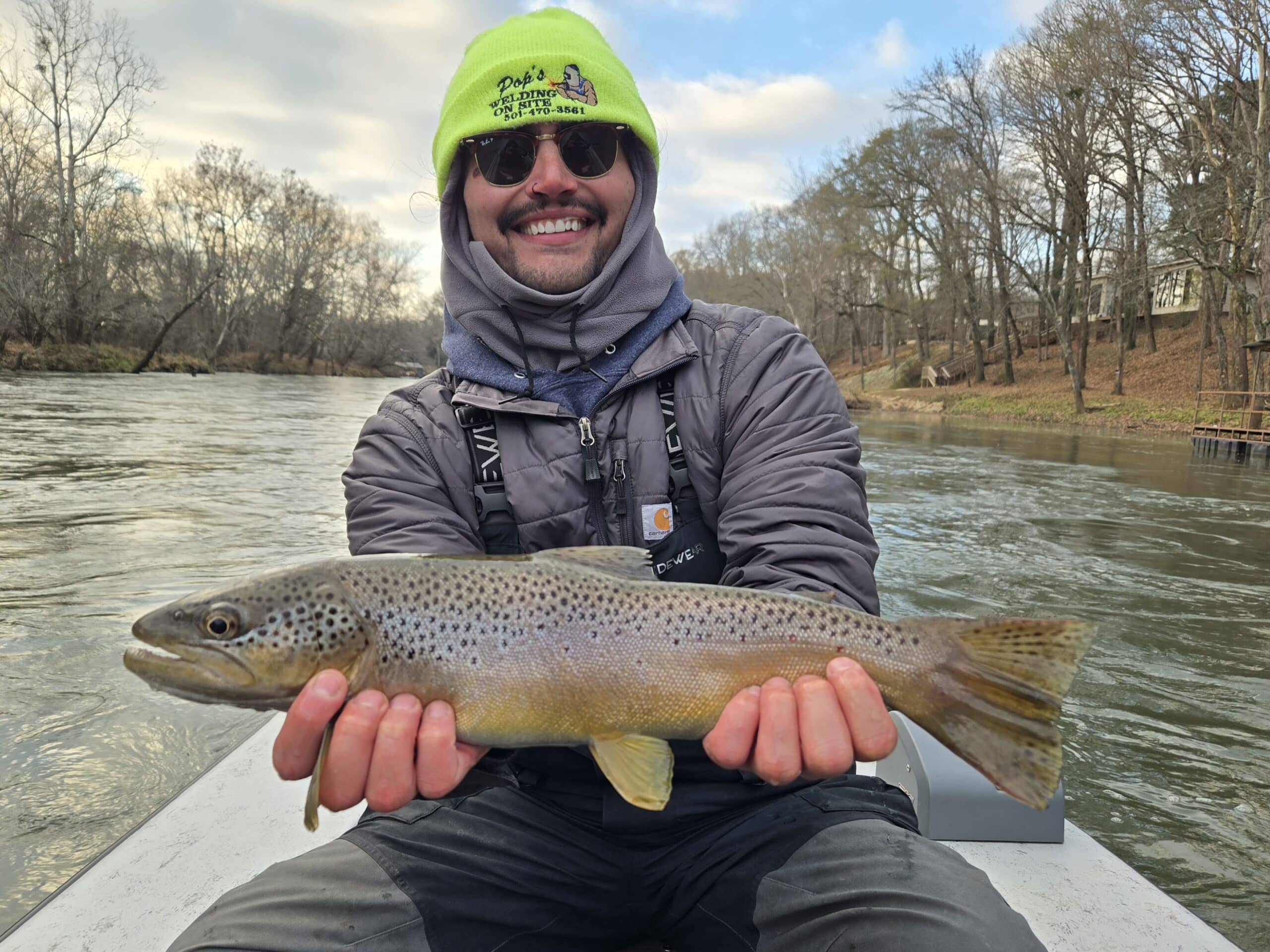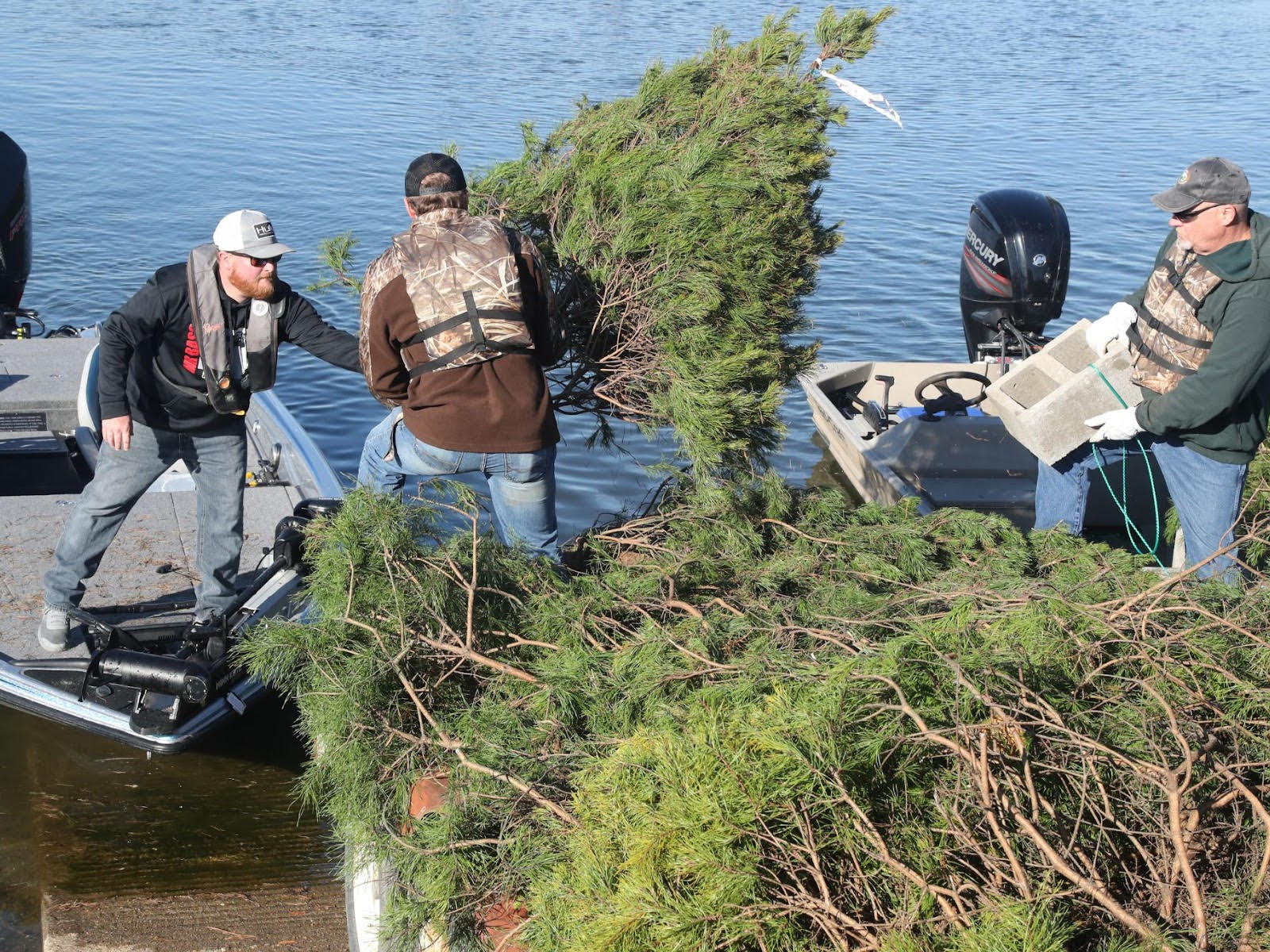Rice breast in ducks unsightly but no cause for alarm
ON 12-09-2020

Dec. 9, 2020
Randy Zellers
Assistant Chief of Communications
LITTLE ROCK — Talk about rice in Arkansas, and the relationship to ducks and duck hunting isn’t far behind. One type of “rice” hunters may discover when duck hunting has nothing to do with Arkansas’s favorite grain, and often fuels calls to the Arkansas Game and Fish Commission’s biologists and wildlife health line.
“Rice breast” is the common name for a parasitic infection called Sarcocystosis, which occasionally turns up when a hunter begins cleaning their ducks at the end of a hunt. The malady is evident as small, white lesions within the fibers of a duck’s muscle tissue, predominantly in the strong flight muscles and thighs of dabbling ducks.
There are no external signs of rice breast, and animals infected with it generally behave normally. In most cases, the only way a hunter discovers that their bird is infected is when they peel away the feathers and skin to expose the muscle tissue underneath.

According to Dr. Jenn Ballard, state wildlife veterinarian for the AGFC, the pathogen responsible for the little “rice grains” visible in the meat of an occasional duck is a single-celled parasite called Sarcocystis, a type of protozoan — you may remember making a diagram or model of one of these critters in high school science class.
The life-cycle of the organism actually involves two hosts: a prey species to act as the intermediate host (ducks and geese), and a predator species (primarily skunks and foxes), which is the primary host. The grain-like nodule found in the duck is a cyst that is ingested by a predator when the duck dies. Inside the predator’s intestines, the parasite will then mature and lay eggs, which are deposited in the animal’s feces. These deposits are then accidentally ingested by new ducks feeding at the water’s edge. The eggs hatch and the new parasites find their way to skeletal muscles to form the trademark “rice” cysts, and the cycle starts anew.
“The parasite rarely causes a problem for either host, but severe infections could weaken muscles of a duck, making it more susceptible to predation,” Ballard said. “There’s no need to treat for the parasite because it does not pose a substantial risk to wildlife populations. Most animals just carry it without it being noticed.”
While there is no evidence that the species of Sarcocystis seen in ducks are harmful to humans and proper cooking kills the parasite, it can be visually unappealing, and many waterfowl hunters discard infected meat, especially in ducks that have large amounts of cysts.
“Since it can complete its life cycle in other carnivores, it’s good to err on the side of caution and not feed uncooked infected meat to your pets. Any meat that is discarded also should be disposed of in a way that it cannot be scavenged by small mammals and predators where it could continue its life cycle,” Ballard said.
The AGFC’s wildlife health team monitors and makes recommendations on game and nongame wildlife disease issues throughout the state. Email agfc.health@agfc.ar.gov to report any wildlife suspected of having a disease or ailment.
“This is one of those diseases that just exists in wildlife without causing negative population effects, but we do still monitor occurrences because we know it can be concerning to the public,” Ballard said. “We always ask the public to report any animals they believe are sick or behaving abnormally so that we can determine the cause of the condition if possible.”
Recent News

Arkansas Wildlife Weekly Fishing Report
Dec. 18, 2025
Subscribe to Our Weekly Newsletter E-mails
Don’t miss another issue. Sign up now to receive the AGFC Wildlife Weekly Newsletter in your mailbox every Wednesday afternoon (Waterfowl Reports are published weekly during waterfowl season and periodically outside the season). Fishing Reports arrive on Thursdays. Fill in the following fields and hit submit. Thanks, and welcome!

